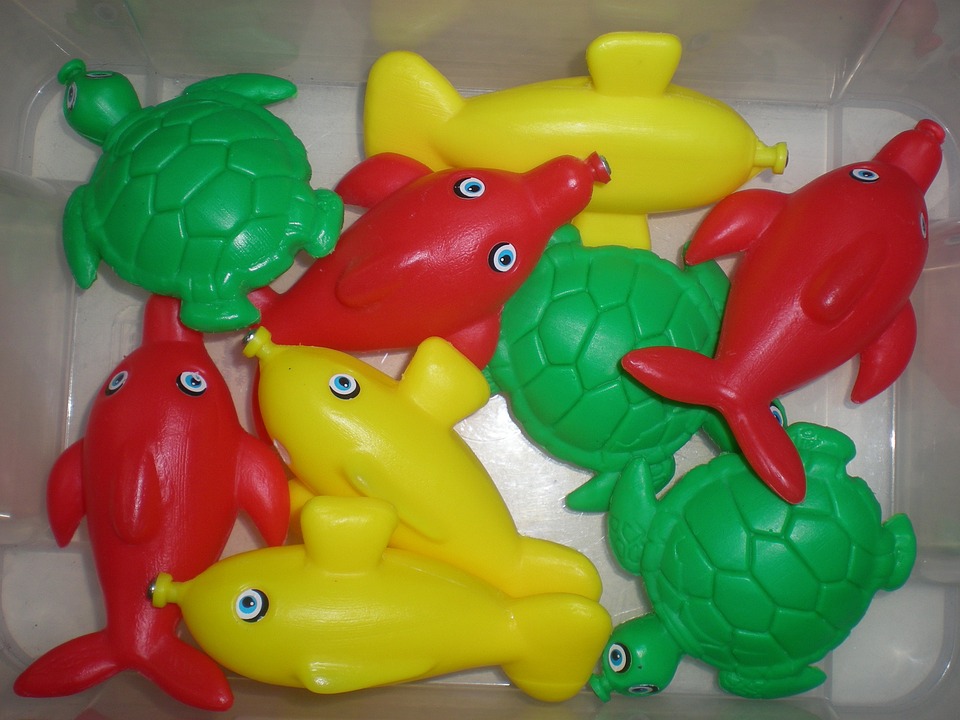in the future. Clamped fins in fish tank fish can be a sign of underlying issues such as poor water quality, stress, nutritional deficiencies, or diseases and parasites. By understanding the causes of clamped fins and implementing the appropriate solutions, fish owners can ensure the health and well-being of their aquatic pets.
The first section of the article provides an introduction, emphasizing the importance of maintaining healthy fish in a fish tank and providing an overview of clamped fins and its significance. This sets the stage for the subsequent sections that delve into the causes and solutions for clamped fins.
The article then proceeds to define clamped fins in fish and describe their physical appearance. It also highlights the importance of identifying clamped fins in different fish species, as their appearances may vary.
The second section of the article explores the various causes of clamped fins. It starts with poor water quality, discussing the impact of high ammonia and nitrite levels, high nitrate levels, incorrect pH levels, poor oxygenation, and inadequate filtration on fish health. The section then moves on to stress and environmental factors, including overcrowding, incompatible tank mates, sudden changes in water temperature, insufficient hiding spots, and excessive noise or vibrations. Nutritional deficiencies are also addressed, covering the lack of essential vitamins and minerals, improper feeding habits, and low-quality or expired fish food. Finally, the section touches upon diseases and parasites, such as fungal infections, bacterial infections, and parasitic infestations, which can lead to clamped fins.
The third section of the article provides solutions to treat clamped fins. It begins with water quality management, emphasizing the importance of regular water testing and maintenance, as well as adjusting ammonia, nitrite, and nitrate levels, maintaining proper pH levels, improving oxygenation, and upgrading the filtration system. The section then moves on to minimizing stress and environmental factors, discussing the significance of ensuring appropriate tank size and space, researching compatible tank mates, gradually acclimating fish to new water temperature, providing adequate hiding spots and decorations, and creating a calm and quiet environment. Providing proper nutrition is also addressed, including offering a balanced diet with high-quality fish food, supplementing with vitamins and minerals if necessary, and feeding fish in appropriate quantities and frequency. Lastly, the section covers the treatment of diseases and parasites, such as identifying specific infections or infestations, administering appropriate medication or treatment, and isolating affected fish if necessary.
To address common questions and concerns, the article includes a FAQs section. It answers questions such as whether clamped fins can occur in all fish species, how long it takes for clamped fins to heal, whether aquarium salt can be used to treat clamped fins, whether it is necessary to quarantine fish with clamped fins, and how often fish tank water should be tested.
The conclusion of the article summarizes the importance of promptly addressing clamped fins in fish and maintaining a healthy and stress-free environment for them. It also encourages regular observation and care to prevent clamped fins in the future. By providing comprehensive information about clamped fins, their causes, and solutions, the article aims to educate fish owners and empower them to provide the best care for their aquatic pets.









